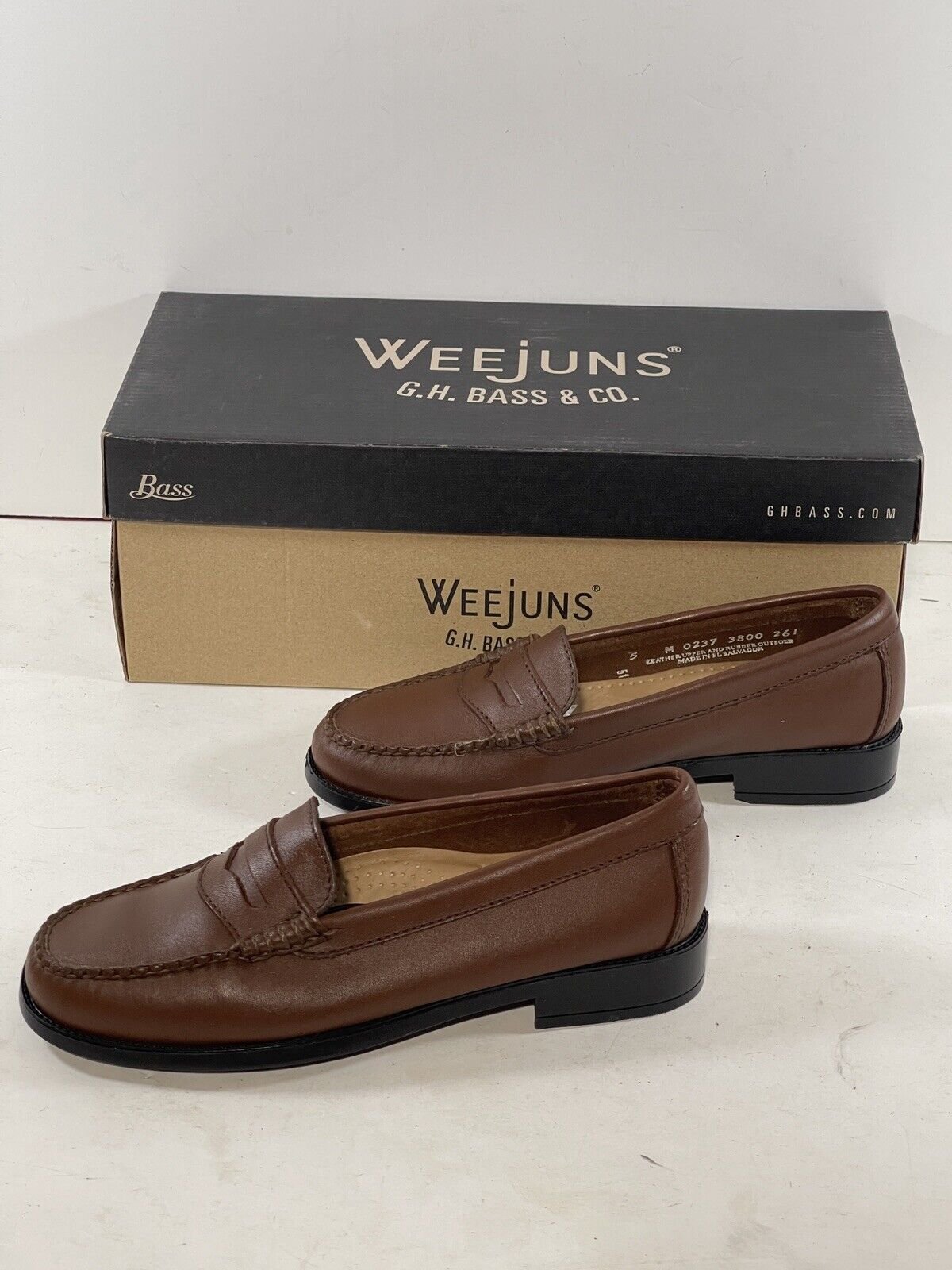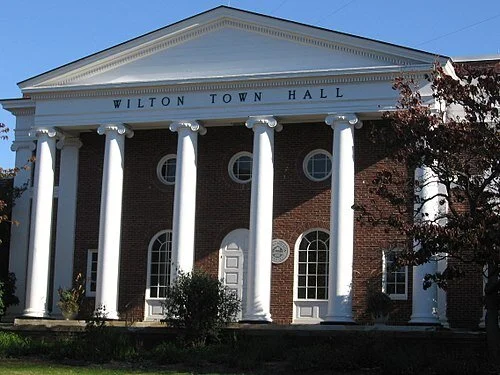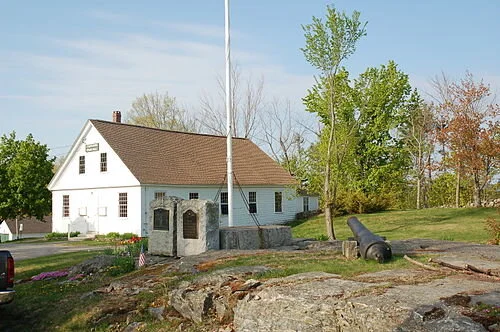Note that these were made in El Salvador!
The G. H. Bass & Co. shoe factory, in Wilton, Maine; from a 1914 postcard. Built on Wilton Stream in 1904 and known as No. 1, the factory closed in 1998. The factory made the famous Bass Weejun loafers.
Excerpted from a New England Historical Society article
“The penny loafer may epitomize preppy New England style — after all, John F. Kennedy wore penny loafers on the golf course. And John Cheever, chronicler of New England preppy angst, was known for his wrinkled khakis, blue-and-white striped Brooks Brothers shirt and Size 6 penny loafers.
“But the penny loafer didn’t originate in New England.
“Nonetheless, New England played an important role in the development of the penny loafer, in large part because of its long shoemaking tradition.
“The region’s indigenous people made moccasins by hand for centuries. They also provided the design inspiration for the penny loafer (more about that in a bit). Nine years after the Pilgrims landed, a cordwainer arrived to make shoes for the colonists.’’



























